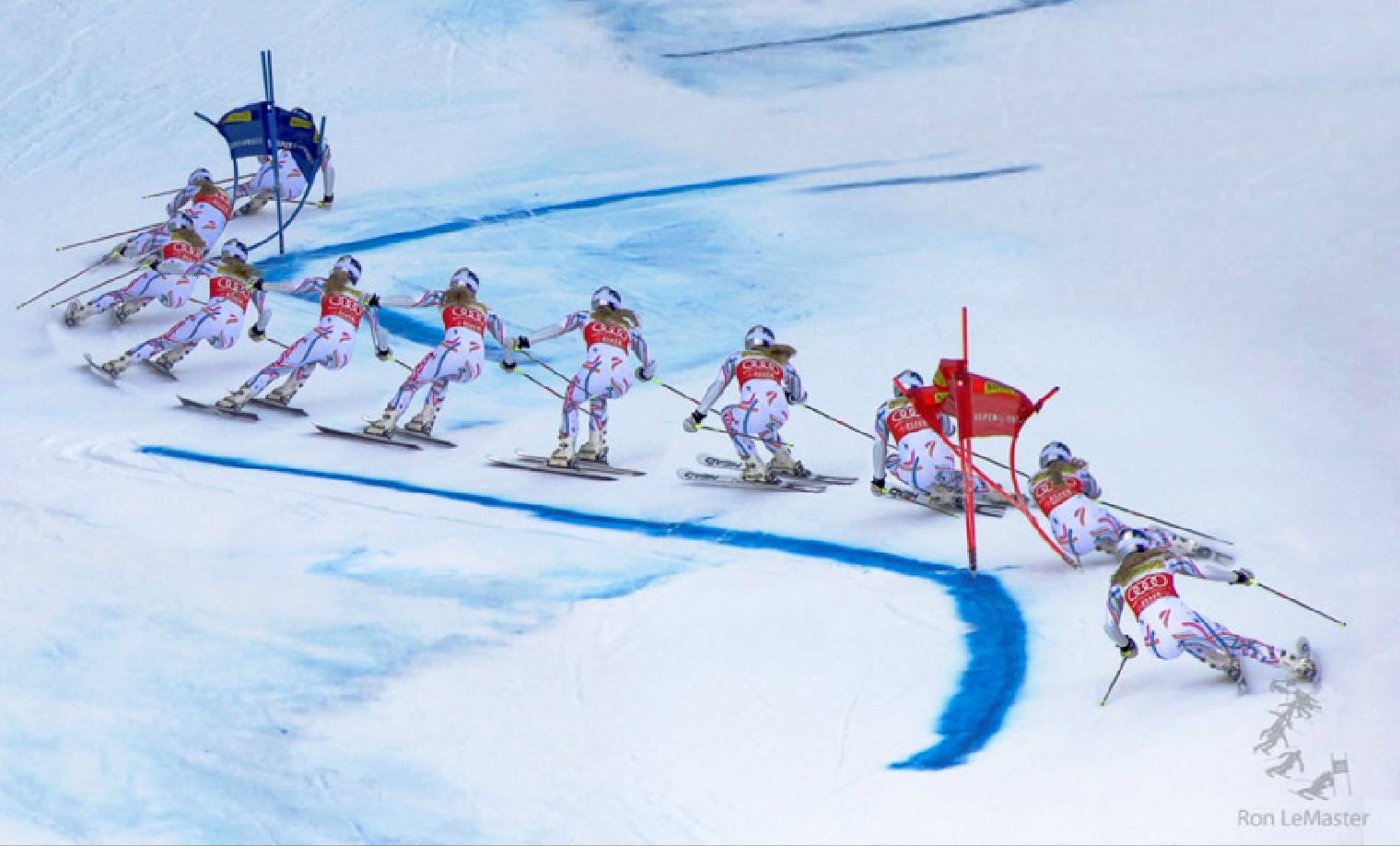....I've found that the Schlopy drill can be fairly effective, even with students making simple wedge turns. Finally, you can have a student make a cage around the pelvis with ski poles, straps around baskets. The position of that cage while skiing doesn't lie. The student will see and feel where the hips are.....
Yes, the Schlopy works very well. I use it all the time. I love that drill. It's even elegant.
I've not used the "hip-o-meter" pole thing you're describing with novices. If they fall, those poles threaten to get tangled up with the skier. The skiers recognize this threat and it makes them feel insecure. How do you keep your students from getting freaked out by the poles sticking out like that?
Last edited:

